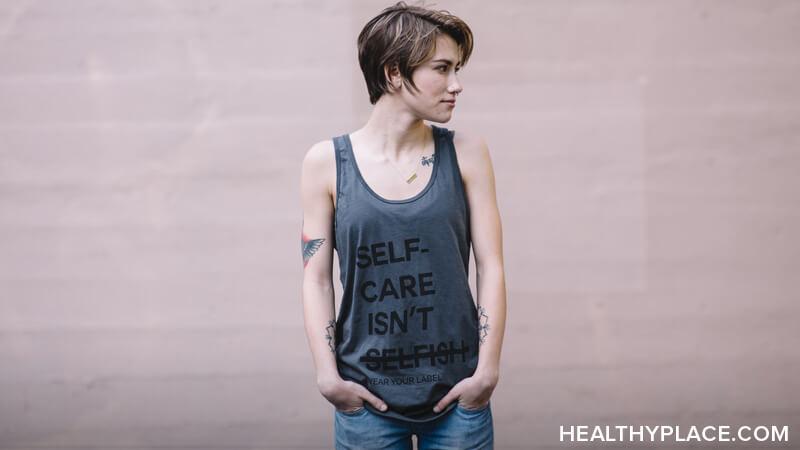Self-Harm Reduction Strategies to Begin Healing

For some people, self-harm recovery begins with a spark—an "aha" moment that completely changes their lives forever. For others, recovery begins gradually, one step at a time. In both cases, adopting the right self-harm reduction strategies can help reduce and prevent instances of self-injury, thereby promoting long-term recovery.
My Primary Self-Harm Reduction Strategy
I'm one of the ones that began recovery with a spark. One night, I decided to give it up forever; I made a promise to myself, and I intended to keep it. But intentions don't make cravings go away (at least not right away), and I found myself facing what felt like an uphill battle. Every craving was a temptation. Every trigger was another potential excuse.
At first, I just fought it. I think this is probably a pretty common response early on, and it's easy to understand why. When we want to change something, especially about ourselves, we tend to see it as a fight—a battle to win or lose. But recovery is all about healing—it took me a long time to realize that to fight was to miss the point.
Instead, the most important self-harm reduction strategy (for me) was to change my perspective. I used cognitive behavioral therapy (CBT) techniques before I even knew what CBT was. I practiced labeling my thoughts and feelings and (this is the hard part) accepting them without berating myself for them. I practiced rewriting my narrative—challenging those thoughts and feelings and trying to recognize that just because I felt like the world was ending, that didn't mean it actually was.
Likewise, just because you feel like hurting yourself is the only way to feel better, that doesn't mean you don't have access to other, healthier options—options that will serve you much better in the long run.
Other Self-Harm Reduction Strategies to Try
I found CBT incredibly useful, but that doesn't necessarily mean it will be an effective tool for your recovery. The best way to find what works for you is to work with a therapist or other mental health professional. However, if you don't have access to such resources, or if you're not ready yet to take that step, here are some other self-harm reduction strategies you can try on your own:
- Mindfulness techniques, such as meditation, breathing exercises, or yoga
- Taking physical care of yourself, e.g., eating healthy foods, exercising regularly
- Taking emotional care of yourself, e.g., making space for "me" time and quality time with loved ones
- Practicing basic first aid, when necessary, to reduce physical harm as a result of self-injury
- Taking time to engage in spiritual activities, such as prayer (if you are a spiritual person)
- Reducing or removing access to tools of self-harm, such as sharp objects
- Keeping fidget toys handy to cope with sudden urges
- Memorizing and reciting a healing mantra, poem, or list of objects until an urge passes
- Using creative outlets, such as art, music, or writing, to work through difficult thoughts and feelings
This is not an exhaustive list. If one strategy doesn't seem to work for you (after practicing it for some time), feel free to move on to another. Not everything will work equally well for every person. The important thing is to find out which self-harm reduction strategies work best for you and your needs and then practice using them regularly.
If you know of other strategies that have worked well for you or a loved one in the past, feel free to share them in the comments below. You never know who you might be helping simply by speaking up.
APA Reference
Kim Berkley
(2021, December 16). Self-Harm Reduction Strategies to Begin Healing, HealthyPlace. Retrieved
on 2026, January 1 from https://www.healthyplace.com/blogs/speakingoutaboutselfinjury/2021/12/self-harm-reduction-strategies-to-begin-healing